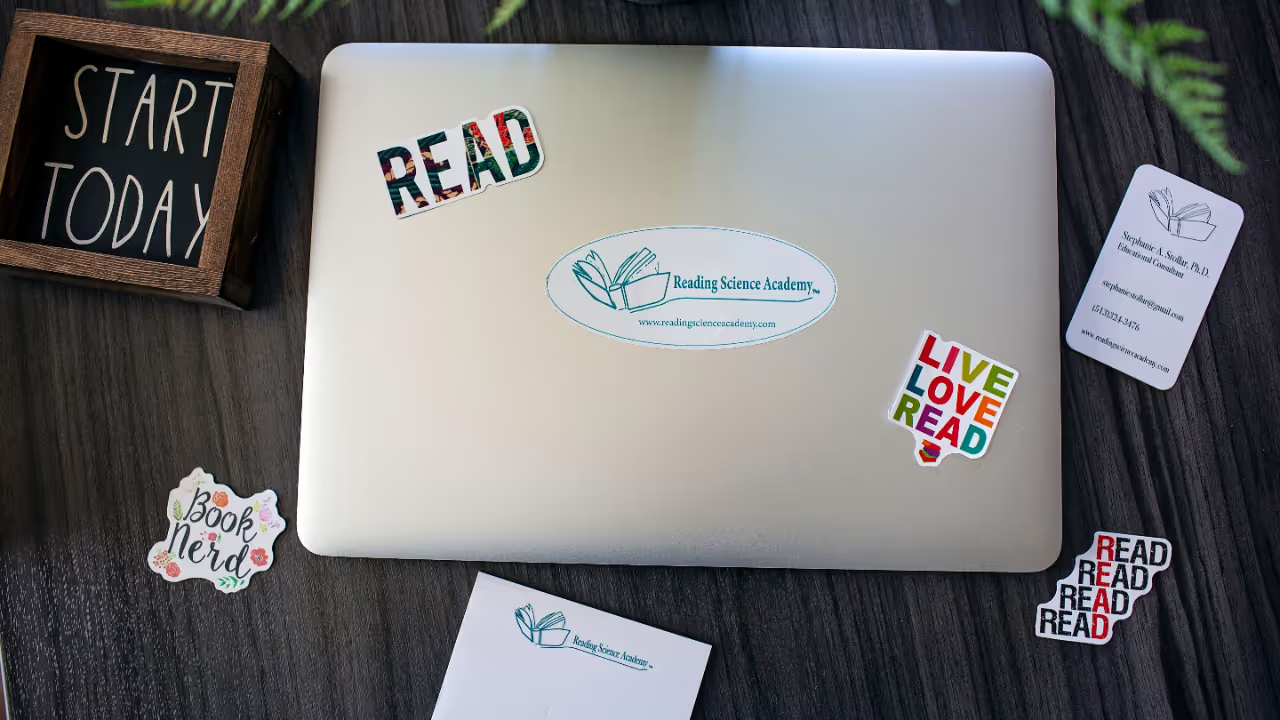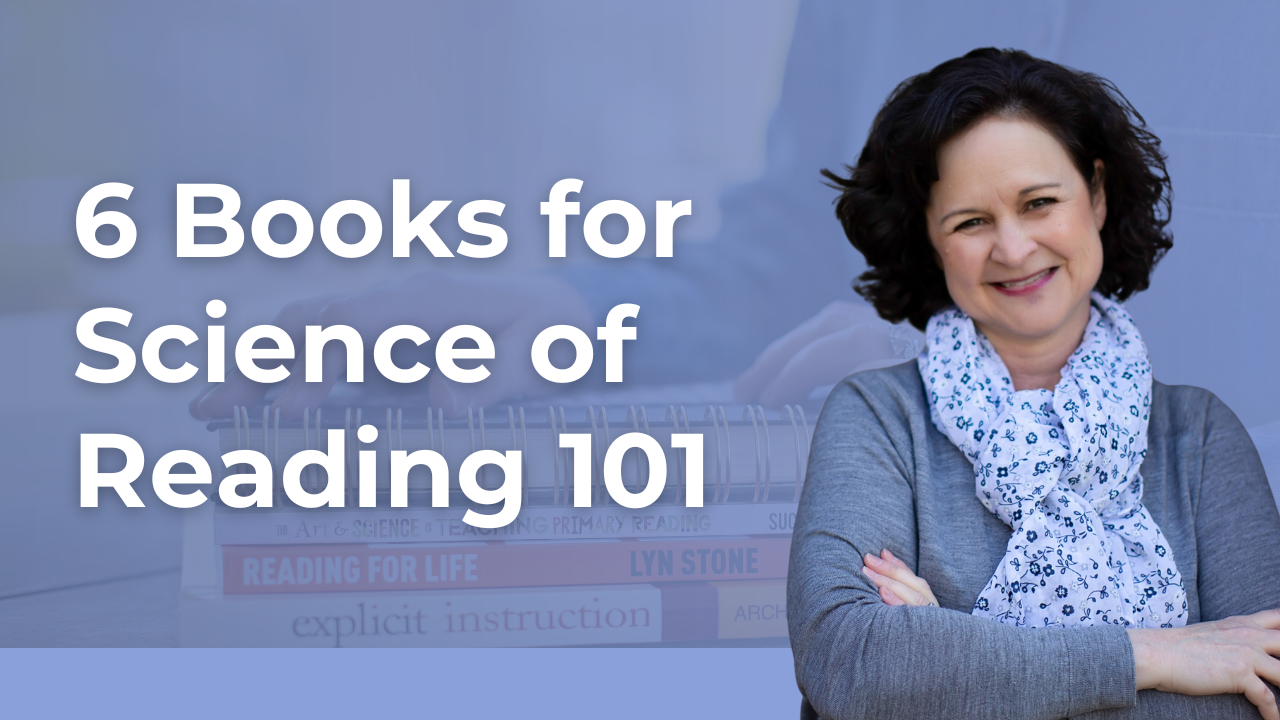Lately I’ve been hearing from so many teachers and administrators who have caught the reading science fever. Woo hoo! Something you read or heard acted like a spark, lighting a fire in those old nagging feelings about the balanced literacy approach not working well enough for your students. Suddenly you see the light and you want to get everyone around you just as excited as you are.
October 24, 2025
Best Dyslexia Books for Teachers | Science of Reading & MTSS
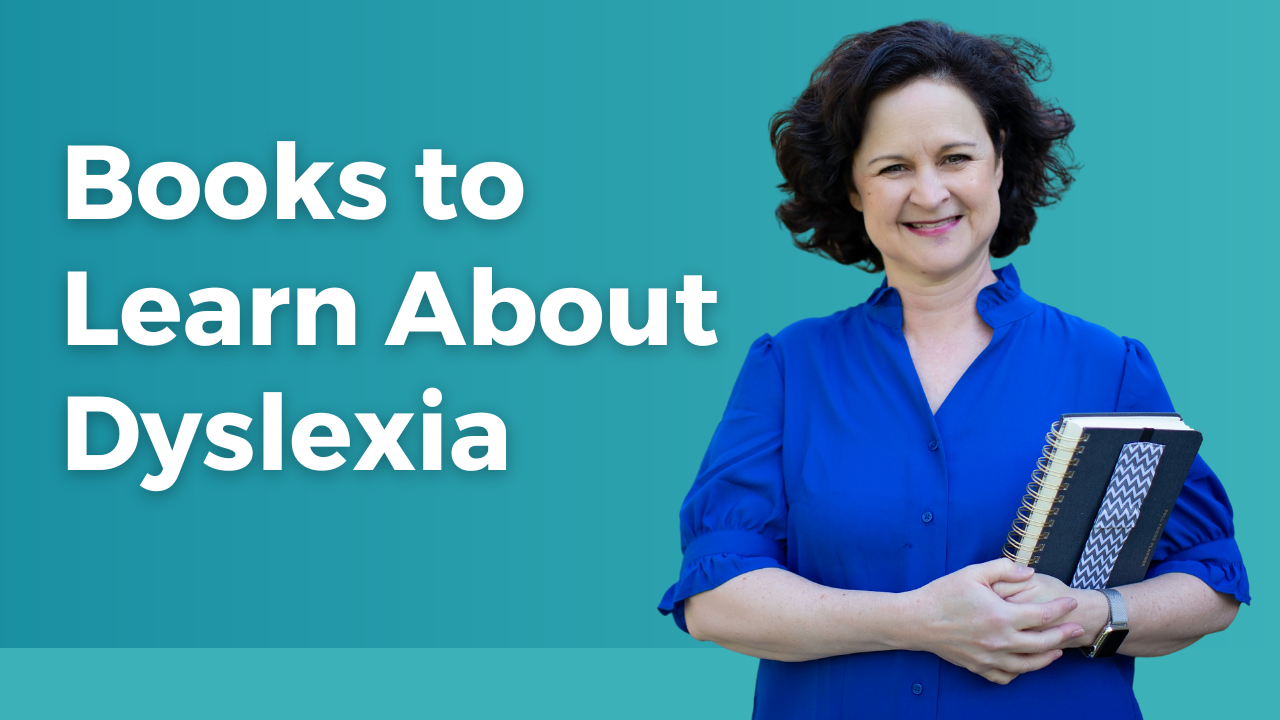
October is Dyslexia Awareness Month, and with growing awareness comes a flood of questions and, unfortunately, a lot of misinformation. Even though most states now have dyslexia legislation, many teachers and administrators still feel unsure about what dyslexia really is, how to identify it, and how to teach students who have it effectively.
To help clarify the topic, I’ve gathered five highly recommended, research-aligned books on dyslexia for every level of experience and every role in education. Whether you’re a classroom teacher, administrator, or parent advocate, these books will deepen your understanding of dyslexia, the science of reading, and MTSS (Multi-Tiered System of Supports).
(This post contains affiliate links. If you purchase through these links, I may earn a small commission at no extra cost to you.)
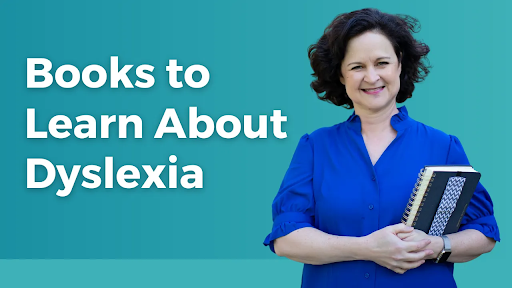
Why Dyslexia Awareness Month Matters for Educators
Dyslexia affects as many as 1 in 5 students. It’s the most common reading disability, yet it’s often misunderstood, mislabeled, or missed entirely.
As teachers, administrators, and specialists, diagnosis is not necessary for us to intervene. We have the tools we need to recognize the signs early, provide evidence-based instruction, and ensure that every student gets the right level of support.
That’s where the science of reading and MTSS frameworks come in.
What to Look for in Dyslexia Books for Teachers
The best books about dyslexia go beyond describing dyslexia and teach you how to respond. Look for books that:
- Connect cognitive neuroscience to classroom instruction
- Use plain language without oversimplifying the research
- Emphasize prevention and early intervention
How Dyslexia Books Bridge Research and Classroom Practice
A great dyslexia book translates neuroscience into actionable strategies. It should help you answer questions like:
- How can I identify students who may have dyslexia?
- What instructional routines are proven to work?
- How can MTSS structures make early intervention sustainable across classrooms?
These books bridge the gap between knowing the research and applying it in real classrooms.
The Role of the Science of Reading in Understanding Dyslexia
The science of reading demystifies instruction and provides the framework for understanding dyslexia as a language-based learning difference. The science of reading focuses on what the brain needs to learn how to read and what to do when it doesn’t come easily.
Remember: Reading is not a natural process. It has to be taught.
When teachers understand the science behind word recognition, phonological processing, and language comprehension, they can target instruction effectively across MTSS tiers.
Unlock My Free Resource Library
Get dozens of free, classroom-ready resources for educators to learn about and implement MTSS and the science of reading.
https://www.stephaniestollar.com/prek-12/free-resources
Exploring the Different Types of Dyslexia Through Research-Based Texts
Not every student with dyslexia looks the same. Some have trouble decoding, others struggle more with fluency or comprehension. Reading widely helps educators recognize these different types of dyslexia and match support accordingly, whether through Tier 1 differentiation, Tier 2 intervention, or Tier 3 intensification.
Dyslexia Symptoms Teachers Can Spot in the Classroom
Early signs of dyslexia often appear before formal testing. Teachers might notice:
- Persistent difficulty rhyming or remembering letter sounds
- Slow, labored decoding even after explicit instruction
- Strong oral vocabulary but weak reading fluency
- Avoidance of reading or written tasks
When you know what to look for, you can advocate for early screening and support before frustration turns into failure.
How MTSS Supports Students with Dyslexia
A strong MTSS framework ensures that support for dyslexia isn’t left to chance.
- Tier 1 focuses on prevention with high-quality, evidence-based reading instruction.
- Tier 2 adds targeted small-group intervention for students who need extra support.
- Tier 3 delivers intensive, individualized intervention with progress monitoring.
The right system of support, paired with teacher expertise, helps every student reach their full potential, including those with dyslexia.
Recommended Books for Teachers Learning About Dyslexia
Here are five books I recommend regularly to deepen your knowledge and improve your practice:
1. Unraveling Dyslexia by Kristin L. Sayeski
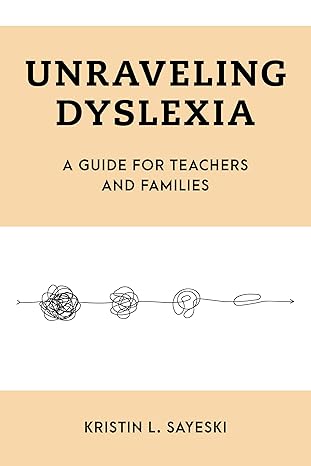
Buy on Amazon →
Buy on Bookshop.org →
This book should be at the top of your reading list. It’s approachable, research-based, and perfect for teachers, parents, and administrators. Sayeski breaks down word recognition and language comprehension while dispelling common myths about dyslexia.
Key takeaway: Dyslexia doesn’t have to be mysterious or scary. Understanding it is the first step to teaching effectively.
2. Learning Disabilities: From Identification to Intervention, Second Edition
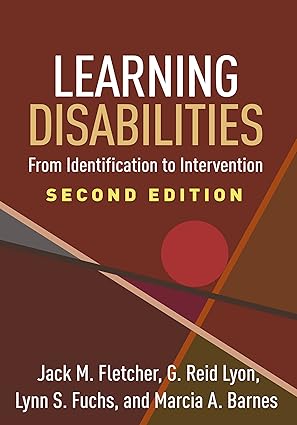
Written by leading researchers Jack Fletcher, Reid Lyon, Lynn Fuchs, and Marcia Barnes, this is the definitive research text on learning disabilities.
It’s ideal for educators, specialists, and graduate students who want a deep dive into dyslexia within the MTSS framework.
Key takeaway: Dyslexia identification should focus on a student’s response to effective instruction, not outdated IQ-achievement discrepancy models.
Buy on Amazon →
Buy on Bookshop.org →
3. Conquering Dyslexia by Dr. Jan Hasbrouck
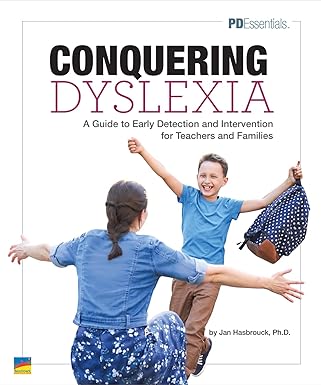
Practical, encouraging, and written from both an educator’s and a parent’s perspective. Hasbrouck explains what dyslexia is, how to recognize it, and what works in instruction. This is a book every teacher can use immediately.
Key takeaway: Dyslexia is real, and with the right instruction, students can thrive academically and emotionally.
4. Undiagnosed: The Ugly Side of Dyslexia by Ameer Baraka
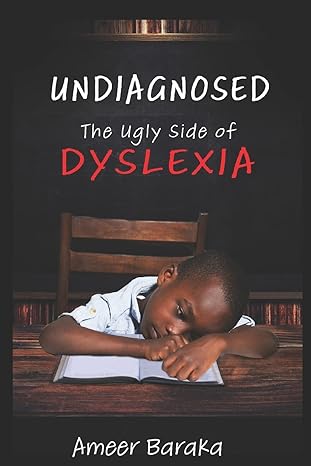
A powerful memoir that shows the human cost of undiagnosed dyslexia. Baraka shares his journey from struggling student to incarcerated teen, and finally to literacy advocate.
Key takeaway: Early identification and intervention are life-changing acts of equity.
Buy on Amazon →
Buy on Bookshop.org →
5. Dyslexia: Revisiting Etiology, Diagnosis, Treatment, and Policy

Edited by Julie Washington, Don Compton, and Peggy McArdle, this academic collection brings together top researchers, including Nadine Gaab, Sharon Vaughn, and Devin Kearns.
Key takeaway: Dyslexia is a language-based reading difficulty with neurological origins, and with proper instruction, students can learn to read successfully.
Buy on Amazon →
Buy on Bookshop.org →
What Does Dyslexia Look Like? Insights from Leading Authors
Across these books, you’ll see a consistent theme: dyslexia is identifiable, understandable, and teachable.
It’s not about labels but providing instruction that meets students where they are and helps them make real progress.
Final Thought on Learning About Dyslexia
You don’t have to read all of these books at once. Start with the one that meets you where you are. Every time an educator engages in learning more about dyslexia, they strengthen their ability to teach every child to read.
Frequently Asked Questions
- What are the best dyslexia books for teachers to read in 2025?
The top recommendations for dyslexia books for teachers include Unraveling Dyslexia, Learning Disabilities: From Identification to Intervention, and Conquering Dyslexia. I recommend these because they’re grounded in the science of reading and MTSS frameworks.
- How can teachers identify dyslexia in students early?
Educators can spot dyslexia symptoms through reading fluency challenges, persistent decoding struggles, and poor spelling. Universal screening and progress monitoring with MTSS help ensure early intervention.
- What’s the difference between dyslexia and reading difficulties?
Dyslexia is a specific, language-based reading disability that affects word recognition and spelling. Dyslexia is a persistent difficulty with word-level reading, in spite of effective instruction and intervention.
- How does MTSS support students with dyslexia?
MTSS provides a tiered system of prevention and intervention at the first signs of difficulty. Tier 1 focuses on strong core instruction. Tier 2 adds targeted small group support. Tier 3 delivers individualized intervention for students with persistent needs.
- Why is the science of reading important for understanding dyslexia?
The science of reading explains the cognitive and linguistic processes behind how brains learn to read. Understanding this research helps teachers select effective, evidence-based strategies for students with dyslexia.

